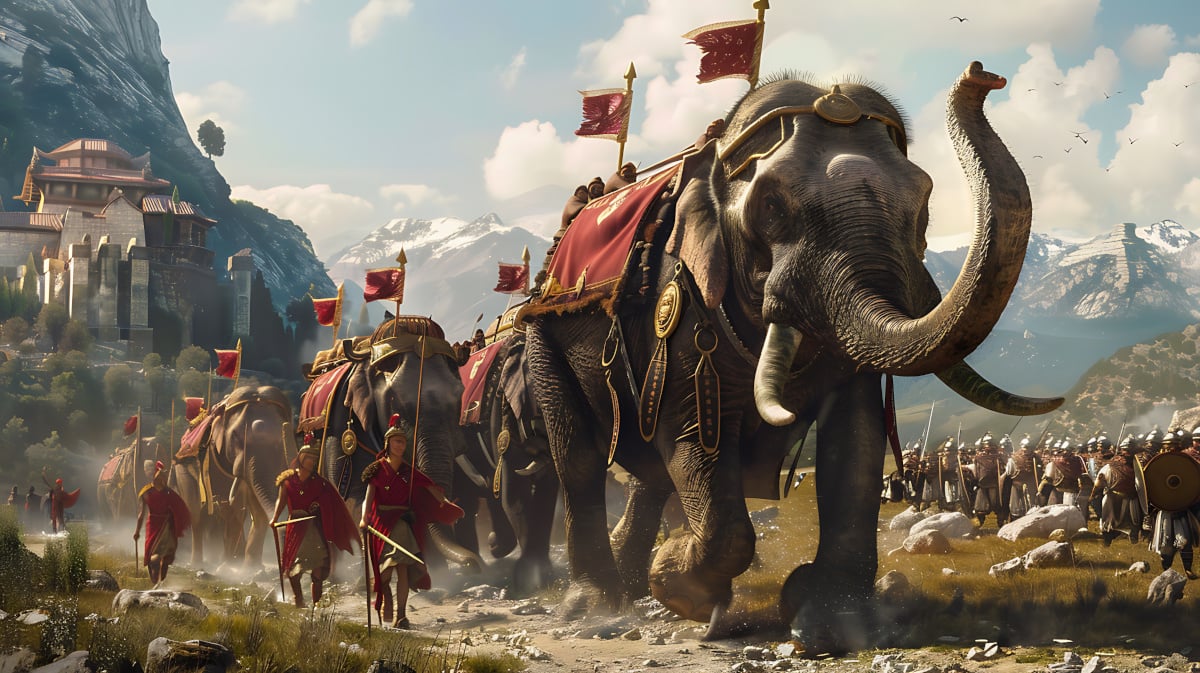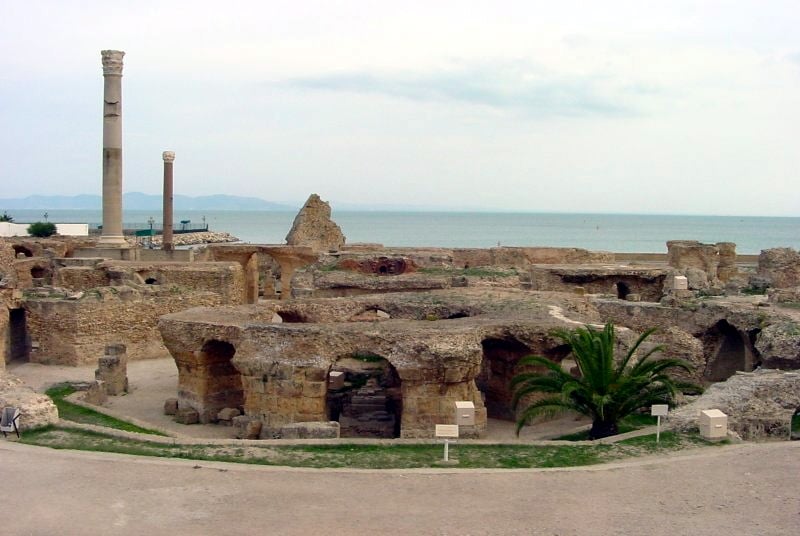
The Carthaginian Military and the Punic Wars
The Carthaginian military, renowned for its strategic ingenuity and formidable prowess, played a pivotal role in shaping the trajectory of ancient Mediterranean history. Central to this historical narrative are the Punic Wars, a series of three protracted and destructive conflicts between Carthage and Rome that ultimately determined the fate of both empires. These wars, spanning over a century from 264 BC to 146 BC, were characterized by fierce battles, legendary military commanders, and significant geopolitical shifts. Understanding the Carthaginian military's structure, strategies, and the broader implications of the Punic Wars provides invaluable insights into the ancient world’s military and political dynamics.
The Carthaginian Military Structure
The Carthaginian military was a complex and diverse force, heavily reliant on mercenary troops and naval supremacy. Unlike the Roman legions, which were composed primarily of citizen-soldiers, the Carthaginian army included a myriad of ethnic groups and nationalities. This eclectic composition was both a strength and a vulnerability, as it provided a vast pool of specialized skills while also posing challenges in terms of loyalty and cohesion.
- Inside the Mind of Hannibal: What Caused Him to Become Rome’s Most Hated Man?
- Guerrilla Warriors Who Overthrew History
Carthage, a wealthy maritime power, could afford to hire mercenaries from across the Mediterranean and beyond. These mercenaries included Iberians, Gauls, Numidians, Greeks, and Libyans, each bringing their own unique fighting styles and capabilities. The Numidian cavalry, for instance, was highly esteemed for its speed and maneuverability, playing a crucial role in many Carthaginian victories. However, the reliance on mercenaries also meant that the Carthaginian army often lacked the unified command and discipline that characterized the Roman legions.
The use of mercenaries also illustrated Carthage's strategic approach to warfare. By employing diverse troops, Carthage could leverage the specific skills and strengths of different ethnic groups. Iberian infantries were known for their ferocity in close combat, while Balearic slingers were renowned for their accuracy and range. This diversity allowed Carthage to be flexible and adaptive in its military tactics, able to counter various threats with specialized units.

The modern ruins of Carthage in Tunisia. (Patrick Verdier / Copyright Free Use)
Masters of the Sea: Naval Power
The backbone of Carthage's military might be its navy. Carthage's strategic location on the North African coast and its extensive network of colonies and trade routes necessitated a powerful fleet. The Carthaginian navy was not only crucial for protecting its commercial interests but also for projecting power across the Mediterranean. Their ships, particularly the quinqueremes, were technological marvels of their time, allowing Carthage to dominate sea battles and maintain logistical support for its land campaigns.
The importance of naval power was evident in Carthage's ability to maintain long supply lines and conduct amphibious operations. The Carthaginian navy facilitated rapid troop movements and sustained long-term sieges by ensuring a steady flow of supplies and reinforcements. This naval supremacy was crucial during the early stages of the Punic Wars, allowing Carthage to control key maritime chokepoints and disrupt Roman supply lines.
The First Punic War (264-241 BC)
The First Punic War was primarily a naval conflict, marking Rome's initial foray into maritime warfare. The war erupted over control of Sicily; a strategically significant island situated between the two burgeoning powers.
The war began with a dispute in Messana (modern Messina), where the Mamertines, a group of Italian mercenaries, appealed to both Rome and Carthage for assistance against Syracuse. Rome's decision to intervene set the stage for a prolonged struggle with Carthage, which also sought to expand its influence over Sicily. The competition for Sicily was driven by its fertile lands and strategic ports, which were crucial for controlling trade routes in the central Mediterranean.




